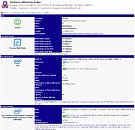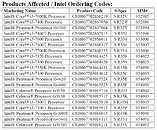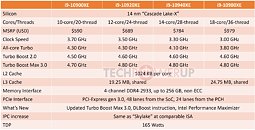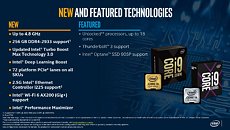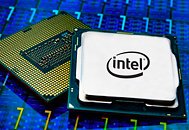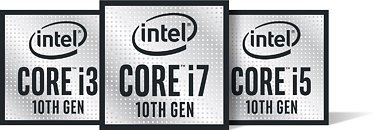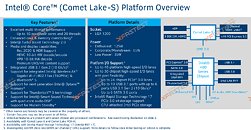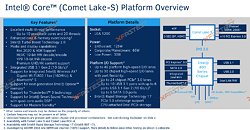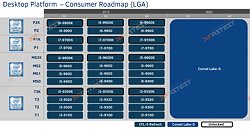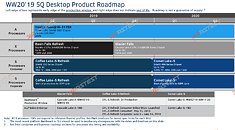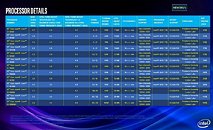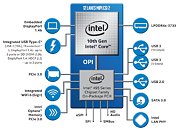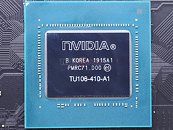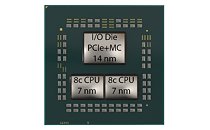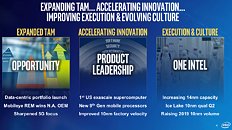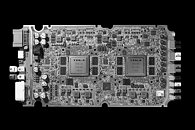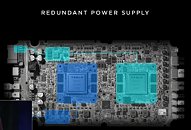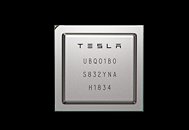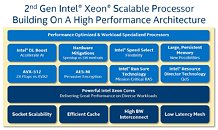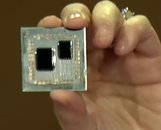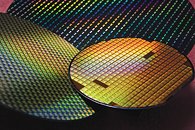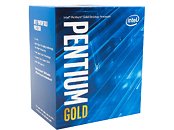
Intel Core i3-10100 Put Through SANDRA, Beats i3-9100 by 31% in Multimedia Tests
Intel's 10th generation Core desktop processor lineup, based on the 14 nm "Comet Lake" silicon, will begin with the Core i3-10100 succeeding the Core i3-9100 and i3-8100. To squeeze the most out of the microarchitecture that's essentially identical to "Skylake," Intel has decided to enable HyperThreading across the Core processor family, which means the i3-10100 is a 4-core/8-thread chip. Interestingly, Intel has given it just 6 MB of shared L3 cache. It's likely that the slightly beefed up i3-103xx will be differentiated with 8 MB of L3 cache. The chip has the same 3.60 GHz nominal frequency, and an unknown degree of Turbo Boost. The current-gen i3-9100 features Turbo Boost, so it's likely that its successor will also get the feature.
A SiSoft SANDRA online database entry for the i3-10100 surfaced, where it has an overall score of 382.61 MPix/s using multimedia tests, a significal step up from the roughly 290 MPix/s of the i3-9100 (a 31 percent performance increase). This increase in performance can be attributed to HyperThreading, as SANDRA's multimedia tests leverage it efficiently. Intel is expected to launch the Core i3-10100 around the $120 mark, competing with AMD's Ryzen 3 3200G.
A SiSoft SANDRA online database entry for the i3-10100 surfaced, where it has an overall score of 382.61 MPix/s using multimedia tests, a significal step up from the roughly 290 MPix/s of the i3-9100 (a 31 percent performance increase). This increase in performance can be attributed to HyperThreading, as SANDRA's multimedia tests leverage it efficiently. Intel is expected to launch the Core i3-10100 around the $120 mark, competing with AMD's Ryzen 3 3200G.
